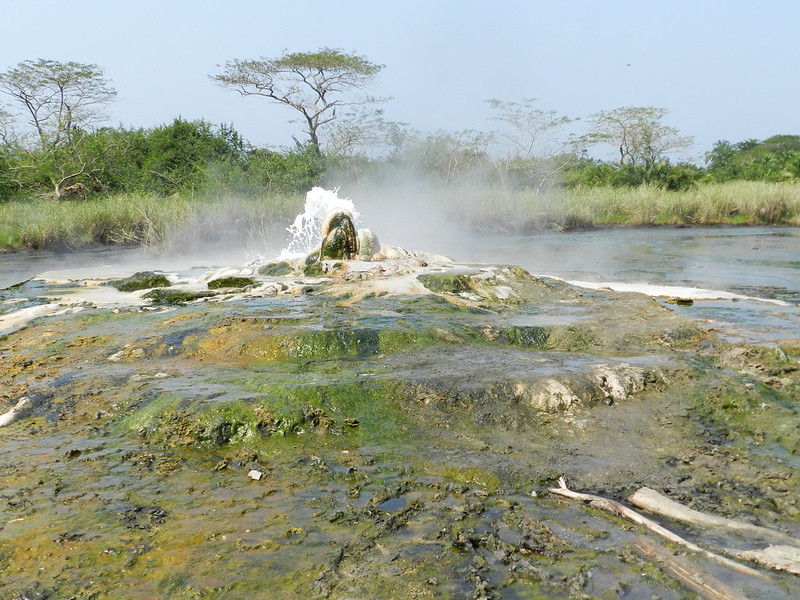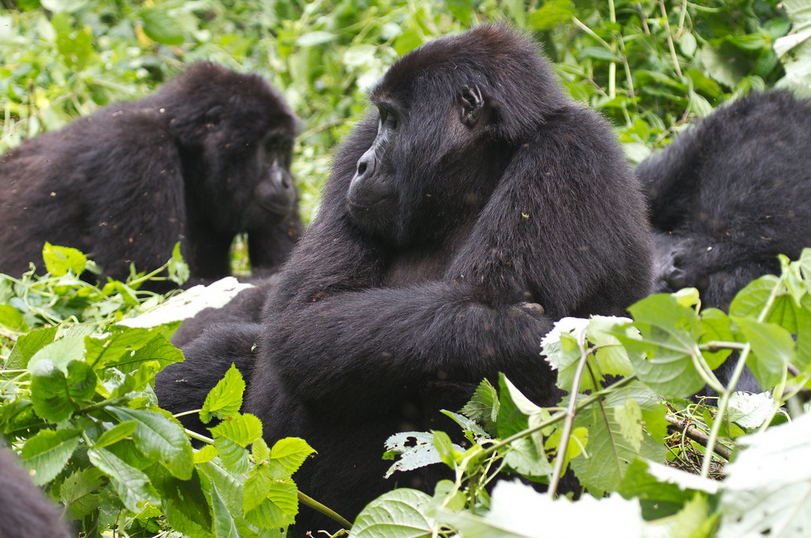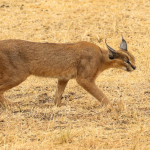Uganda’s commonest historical sites
Uganda’s commonest historical sites : Uganda is now becoming a thriving nation which can showcase its rich history and natural beauty. Apart from national parks, Lakes and waterfalls, Uganda has got a lot of tourist attractions. Below are some of the historical sites which you cannot miss out while visiting Uganda. These sites have got memorial contents, looks and geographical locations which you will enjoy while on your trip.
Namugongo Martyrs Shrine
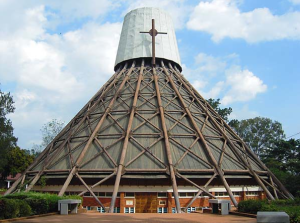
Namugongo is found in Kyaliwajjala ward in Kira Municipality, Wakiso District. It is approximately 16 kilometers north-east of Uganda’s capital Kampala. The beautiful shrine’s exterior is basically made of 22 copper pillars over 100 feet long. In fact, the shrine was built to honor 32 young men who were pages of King Mwanga II of Buganda. On June 3rd 1886 the men were burnt to death as a result of refusing to renounce Christianity. Annually on 3 June, Christians from Uganda and other parts of the world congregate here to commemorate the lives and religious beliefs of the Uganda Martyrs.
The Kasubi Tombs
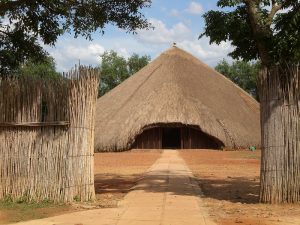
The tombs in Kampala is a site of the burial grounds for four kings of Buganda and other members of the Baganda royal family. Built in 1881 on the Kasubi hill in Kampala, was later declared a UNESCO World Heritage Site in 2001. As a result, the site remains an important spiritual and political site for the Ganda people. It is as well an important spiritual and political site for the Baganda nation. Additionally, the tombs are a symbol of a spiritual, political and social state of its people. Despite the unfortunate incident, the site still gets regular visits while the main palace is being rebuilt and structured. Most of the site is open agricultural land that is farmed using traditional techniques. One corner contains a royal palace built in 1882 by Muteesa 1 and the new palace became a royal burial ground on his death in 1884.
Amabere Ga Nyinamwiru
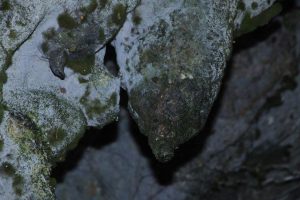
This is a historical cultural site with remarkable history located in western Uganda in Fort Portal town. It is located near Nyakasura school a few kilometers out of Fort portal town. The name historically means breast of Nyinamwiru, a home to a very rich cultural history attached to these rocks. Generally, the Batoro have a strong belief attached to these caves with an interesting myth told through the generations about them. Actually, the caves were named after King Bukuku’s daughter named Nyinamwiru. King Bukuku was one of the ancient kings of the Batembuzi Dynasty that ruled that time. However, they were believed to be demi-gods by their subjects, often disappearing to the underground at given times.
Surely, the princess was a beautiful young lady who had a strong personality. She refused to marry the man her father the “king” had chosen for her. This greatly infuriated the king and his subjects who could not understand how anyone could disobey the king. The king then ordered that her breasts be cut off because of her disobedience. This would then ensure that she never gets married to whoever she would choose and never be able to nurse children. It is strongly believed that the scenic rocks in this location are her breasts oozing milk since that day. While here, one can take hike to Nyakasura hill which gives views of three different crater lakes. Also visit the marking of a large foot in the area believed to belong to one of the last Batembuzi dynasty people who were giants like humans.
Nyero Rock Paintings
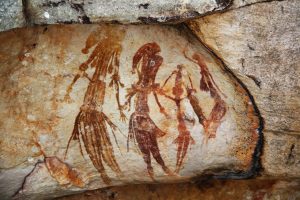
It is situated high on top of the hill and has a good view of the surrounding countryside. The Nyero rock paintings are located in Eastern Uganda in Kumi district. The paintings are in fact among the most important rocks of Uganda. There are traces of red pigment forming two finger-painted outlines of small oval shapes. Additionally, it has got a slanting L-shape as well as an outlined cross with a small circle below. The painted surface is exfoliating and is open to the rain and morning sun. A little trek and a bit of climbing are involved, but is all worth it to see rock art dated back before 1250 AD.
Source of the Nile- Speke Monument
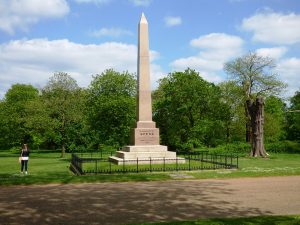
Here, the British Explorer John Hannington Speke was the first European to reach Lake Victoria and discovered the Source of the Nile. Today, the Source of the Nile at Jinja is a prime tourist destination in Uganda. You can as well stand where he stood, take pictures with the monument. You can also go for boat rides across the River Nile and into Lake Victoria. Besides, you will come across monkeys, monitor lizards, birds species, pythons, etc. The site also allows for camping, nature walks, parties and occasions with a truly spectacular nature setting. Stop by one of the nearest restaurants around for a meal when you are hungry. Otherwise, anyone looking for 1 day tour in the Ugandan Countryside here is a great chance for you!
Baháʼí Temple
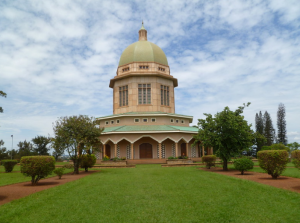
A Baháʼí House of Worship is the designation of a place of worship or temple of the Baháʼí faith. The teachings of the religion envisage houses of worship being surrounded by a number of dependencies. These are dedicated to social, humanitarian, educational and scientific pursuits. The Baháʼí faith began to take root in Uganda in 11951. Today, the Temple in Kampala is the only temple that remains in Africa for the Baháʼí faith. Since its completion in 1961, it has received hundreds of visitors from across the world. In addition, the beautiful grounds attract places for birding. Visit the Baháʼí Temple in Uganda for a truly memorable excursion.
Sempaya Hot Springs
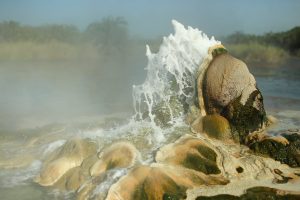
The springs is the most activity within Semuliki National Park and a must-do for all tourists visiting this park. Actually, there are two hot springs; male also called Bitente and female called Nyasimbi. Bitente measures about 12 meters in diameter while Nyasimbi is a boiling geyser that ejects out hot water and steam about 2m into the air. Attracting hundreds of tourists each year, these hot springs have a geyser that shoots up from a hole at hot temperatures. In fact, the water is so hot that you can boil an egg and eat it in 10 minutes. If you love a good nature tour, the park does not only offer hot springs but also hosts primate. These include; grey-checked mangabey, red tailed monkeys, elephants, chimpanzees, Debrazzas monkeys, pygmy antelopes, etc. In other wards, its a great pleasure to visit these hot springs when you come to Uganda.
Walumbe Tanda Pits
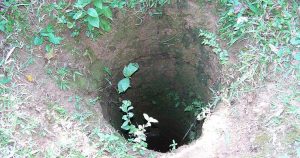
In tradition with Gandan culture, Walumbe a brother of the bride, claimed one of Kintu’s children as his own. Kintu refused Walumbe’s claims and continues to do so throughout the years. Frustrated, Walumbe then begins to kill a single child every day after conversing with Ggulu. Later, Kaikuzi is sent to aid Kintu in sending Walumbe back to heaven. After refusing to accompany Kaikuzi back to heaven, Walumbe retreats by hiding in craters in the ground that he creates by stomping his foot. This is said to have created the 240 Walumbe Tanda Pits and two shrines with one entrance having spears, shields, calabashes and fireplaces.
In fact, these named after different gods that are still in Uganda today. Kaikuzi soon tires of pursuing Walumbe and asks all of mankind to be silent for two days to lure Walumbe out. When Walumbe finally emerges, Kintu’s children cry out at the sight of him and he again retreats into the earth. Upon Kintu’s dismissal, Kaikuzi then returns to Ggulu and explains the situation. Upon hearing this, Ggulu allows Walumbe to remain on earth. Walumbe is therefore blamed as the reason for death on Earth. Though every descendant of Kintu is eventually claimed by Walumbe, Kintu continues to fight Walumbe constantly. This is done by having more descendants than Walumbe can steal.
In conclusion, when coming for your next trip in Uganda, the above are worth including on your bucket list. Entrance fee is friendly and educative tour guides are available to help direct you to these charming places.

